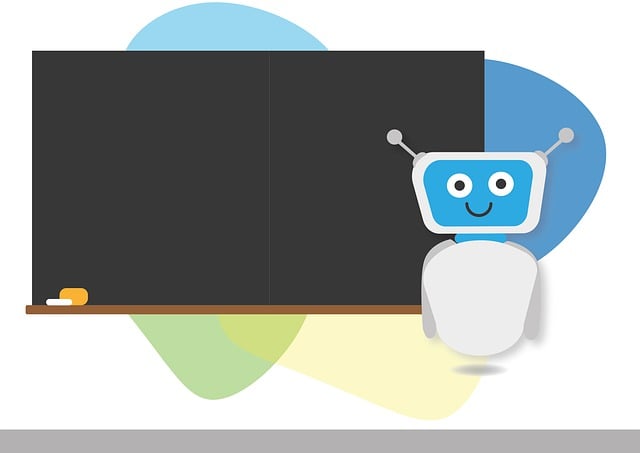In the competitive AI chatbots online landscape, tracking Key Performance Indicators (KPIs) is vital for measuring success and driving improvement. Metrics like conversation volume, response accuracy, user satisfaction, task completion rates, average session duration, and bounce rate offer insights into chatbot engagement, effectiveness, and user experience. By setting KPIs tailored to specific goals, businesses can optimize AI chatbots online, enhance user experiences, and make data-driven decisions for future enhancements. Advanced analytics tools empower developers to refine conversational flows and meet evolving user needs.
In the rapidly evolving landscape of artificial intelligence, AI chatbots online are transforming how businesses engage with customers. To ensure their success, understanding key performance indicators (KPIs) is paramount. This article delves into the essential metrics for gauging the effectiveness of AI chatbots, offering a comprehensive guide to defining and tracking KPIs. By exploring these measures, businesses can optimize chatbot performance and enhance user experiences in today’s digital era.
- Understanding Chatbot KPIs: Metrics for Success in AI Chatbots Online
- Defining Key Performance Indicators (KPIs) for Chatbots
- Tracking and Analyzing Chatbot KPIs for Continuous Improvement
Understanding Chatbot KPIs: Metrics for Success in AI Chatbots Online

In the realm of AI chatbots online, understanding Key Performance Indicators (KPIs) is pivotal for gauging success and optimizing performance. These metrics provide valuable insights into how effectively an AI chatbot engages users, understands their intent, and delivers accurate responses. By tracking relevant KPIs, businesses can make data-driven decisions to enhance user experience and drive business goals.
Key metrics include conversation volume, which measures the number of interactions; response accuracy, gauging the precision of chatbot answers; user satisfaction scores, reflecting user feedback on the overall chat experience; and task completion rates, indicating the chatbot’s success in fulfilling user requests. Additionally, average session duration and bounce rate offer insights into user engagement and interest in the conversation. These KPIs empower developers and businesses to refine chatbot capabilities, ensuring they meet user needs and expectations in the dynamic landscape of AI chatbots online.
Defining Key Performance Indicators (KPIs) for Chatbots

Defining Key Performance Indicators (KPIs) for Chatbots is a critical step in ensuring their success, especially as AI chatbots gain traction in online interactions. These KPIs serve as metrics to measure the efficiency and effectiveness of chatbot performance, helping businesses understand user engagement and satisfaction. When it comes to AI chatbots, various factors can be considered as KPIs depending on their purpose and deployment.
For instance, for a customer support chatbot, key metrics might include response time, accuracy in resolving queries, and user satisfaction ratings. In the context of e-commerce, a chatbot’s KPI could be the increase in sales conversions or the reduction in cart abandonment rates. Tracking these indicators allows businesses to optimize chatbot interactions, enhance user experiences, and make data-driven decisions regarding future improvements.
Tracking and Analyzing Chatbot KPIs for Continuous Improvement

In the realm of AI chatbots online, tracking and analyzing key performance indicators (KPIs) is paramount for continuous improvement. By setting specific and measurable goals, such as response accuracy, customer satisfaction ratings, and interaction duration, businesses can gain valuable insights into their chatbot’s effectiveness. Advanced analytics tools enable in-depth analysis of user queries, allowing developers to refine conversational flows and improve the overall user experience.
Regular monitoring of KPIs helps identify areas for enhancement, whether it’s optimizing natural language processing algorithms or enhancing context awareness. This data-driven approach ensures that AI chatbots evolve with user needs, leading to more efficient and engaging online interactions. As technology advances, continuous KPI tracking remains a cornerstone for maximizing the potential of these virtual assistants in various industries.
AI chatbots online have transformed customer interactions, but success depends on tracking the right key performance indicators (KPIs). By understanding metrics like user satisfaction, response accuracy, and engagement rates, businesses can optimize chatbot performance, enhance user experiences, and drive business value. Continuous analysis of these KPIs enables companies to adapt and refine their AI chatbot strategies for ongoing improvement and success in the digital landscape.
